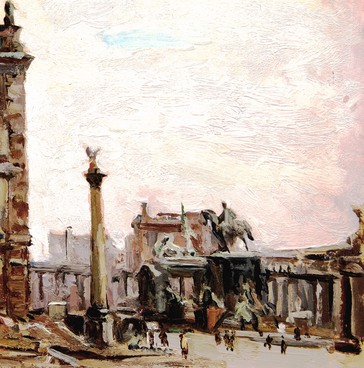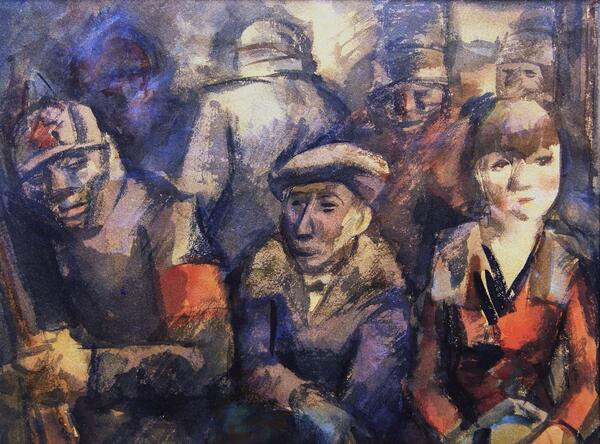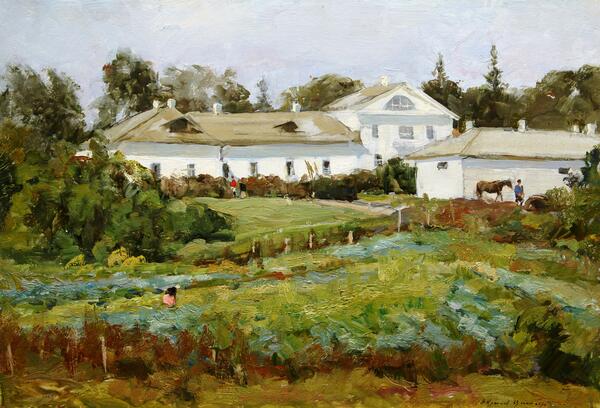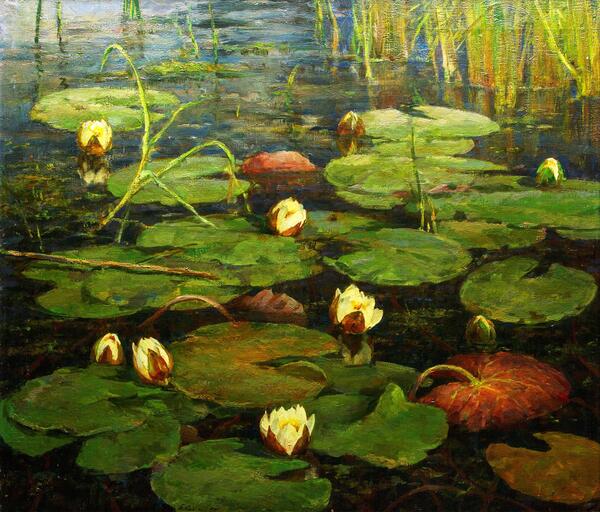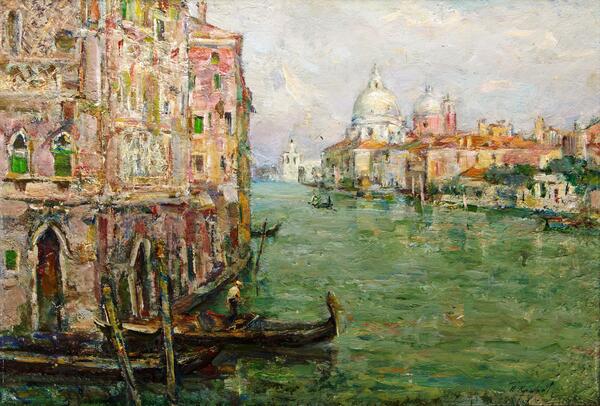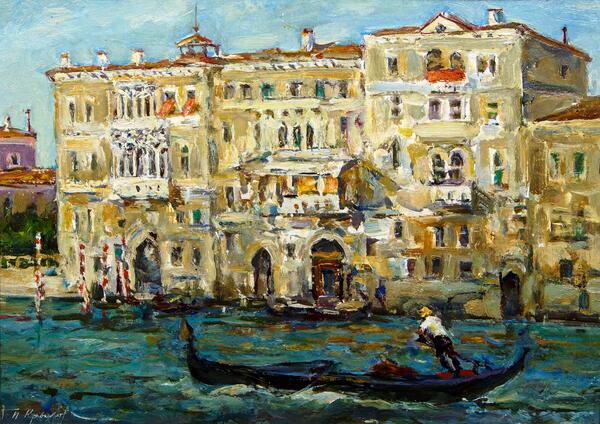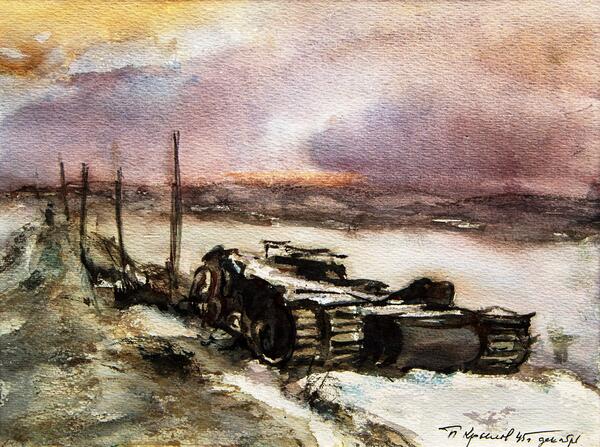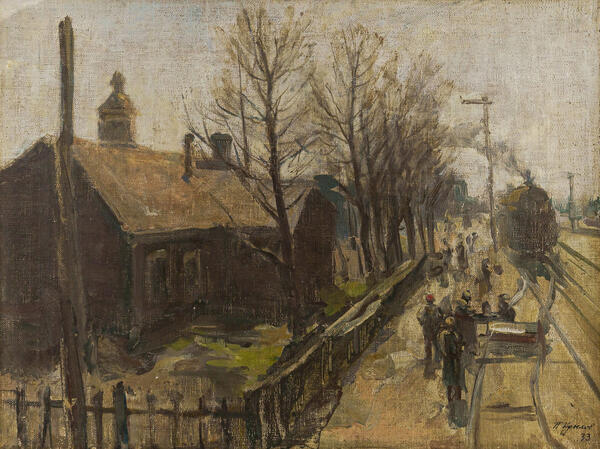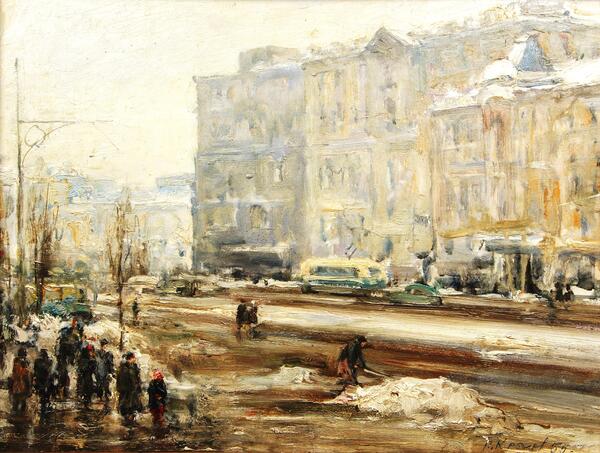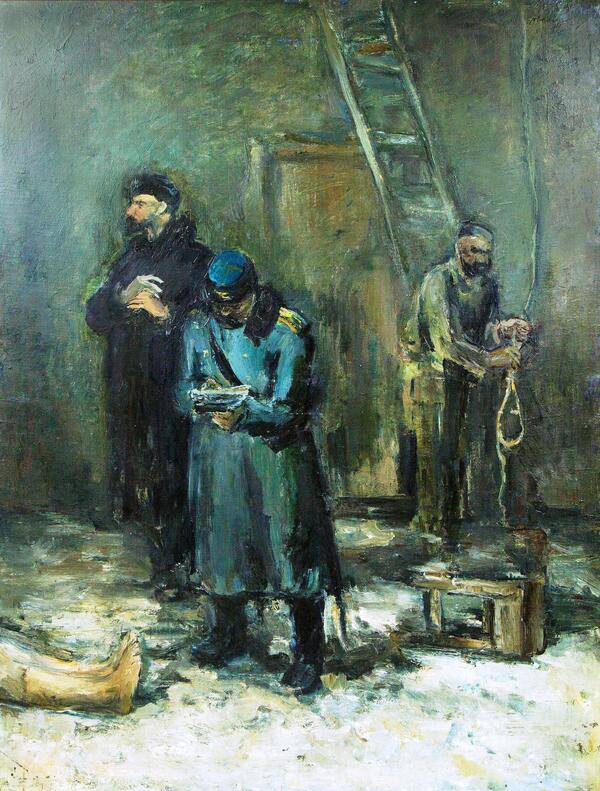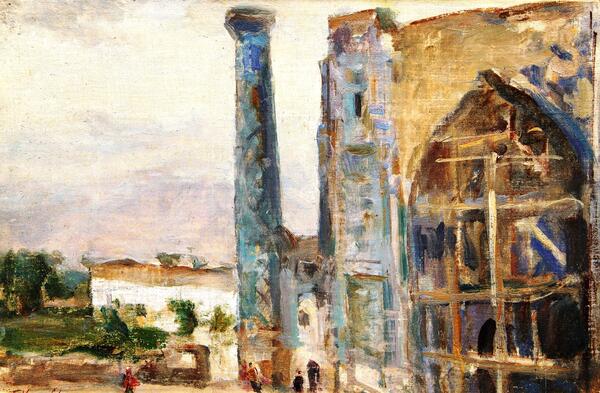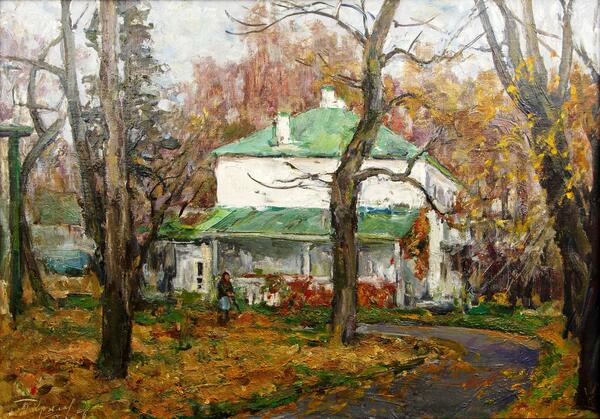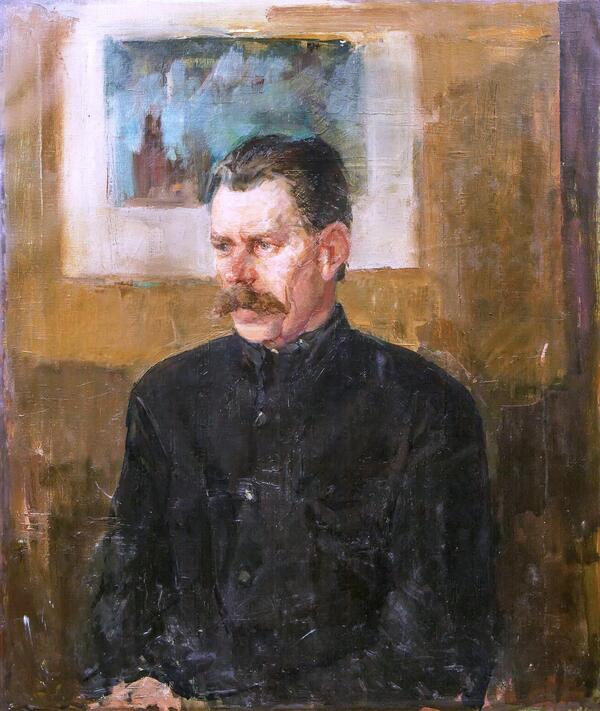On November 20, 1945, at 10 a.m. in the German city of Nuremberg, the Nuremberg trials began. These were the international trials of Nazi criminals, which lasted almost a year, until October 1, 1946. Within the framework of the International Military Tribunal, the winning countries: the USSR, the USA, England and France — tried the leaders of Nazi Germany for war crimes committed from 1939 to 1945.
The Nuremberg trials were unprecedented: the top officials of the whole country were in the dock. Among other things they were accused of genocide — the term was first openly voiced in Nuremberg. Among those present at the trial were the special correspondents from the USSR — the Kukryniksy, a creative collective of artists Porfiry Krylov, Mikhail Kupriyanov and Nikolai Sokolov.
During the Nuremberg trials, the artists made caricatures of the accused and sent them to Moscow. Their drawings were printed on the pages of the Pravda (Truth) newspaper, revealing to Soviet readers “the inner essence of the fascist fiends”. Krylov’s small painting depicts a box in the courtroom with the members of the tribunal. This is how the Kukryniksy describe them in their book “The Three of Us”: “In front of the defendants’ bench was a long and tall table with eight people: four judges, each with their assistant. Behind each judge, the flag of their country stood at the wall. Lord Lawrence was the chairman of the tribunal — a small, roundish, ruddy, very calm man, with a patience of steel who was unfazed by both the behavior of individual defendants and the importunity of the defense.”
The demonstration of documented evidence was the most shocking part of the whole trial. “While the prosecution was showing documentary film footage, the lights were turned off throughout the hall with only the dock illuminated from below by a ramp light, like an orchestra in a theater. The purpose behind this was to let the special psychiatric experts in the courtroom record the behavior of each defendant.”
More than 20 years
later, in 1967, the Kukryniksy returned to these memories and created one of
their most poignant paintings on the subject of the Second World War — “The
Accusation. The Nuremberg Trials”.

